Sizing Up the Cost of Office Fit Outs
With a large-scale return to the office on the horizon, a JLL report provides a deep dive into regional variations.
As workers return and occupants seek new office configurations, the cost of tenant fit outs will demand renewed attention. Operators will find expenses varying as widely by region as rental rates.
Those are key conclusions of JLL’s new survey, which covers varying geographic markets, styles and quality levels.
Average regional costs per square foot range from a high of $219.67 in California to a low of $169.20 in the South. Holding down the middle in terms of pricing as well as geography is the nation’s central region, which clocks in at $184.15.
READ ALSO: DLA Piper Reports Most CRE Executives ‘Bullish’ for 2021
The metros with the most affordable rates for a moderate fit out include Orlando ($168.78 per rentable square foot); Tampa ($169.69); Miami ($169.80); Dallas ($170.49); Houston ($171.92); Phoenix ($172.32); Atlanta ($174.49); and Nashville, Tenn. ($175.23).
On the opposite end of the spectrum, two perennially high-cost markets are at the top of the leader board: New York City ($232.79) and San Francisco ($229.94).
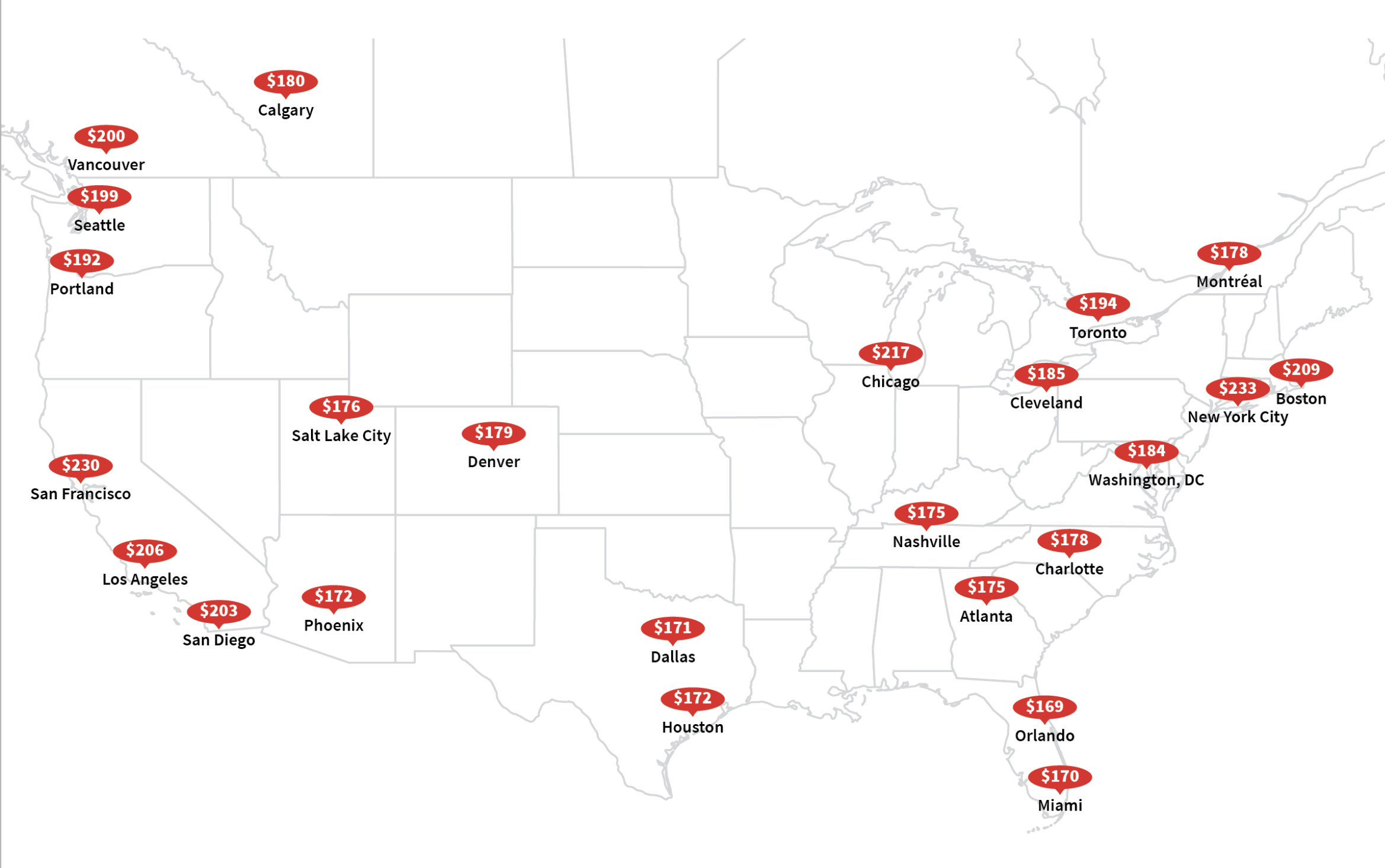
Regional roundup: average costs per rentable square foot for a moderate-style, medium-quality office in each market. Chart courtesy of JLL Research
Though there is no single solution, all office-space planning—including fit outs—shares at least one priority: flexibility. Prudent office planning of the future will involve expanded choices for employees. According to JLL research, 72 percent of respondents want to continue working from home. Of that group, the majority would prefer to work remotely two days per week on average.
“Employers must reimagine the dynamic between the physical and virtual workplace to meet employees’ demands,” Laura Beebe, JLL’s COO of project and development services for the Americas, told Commercial Property Executive.
“While work-from-home won’t be the solution for satisfying all working needs and work styles, hybrid work will be the answer to providing greater employee workplace choice,” she added. “It’s also true that some employees do not want to work remotely at all.”
JLL found that 24 percent of employees want to work exclusively in the office and 50 percent prefer a hybrid approach. That translates to nearly 75 percent of workers who still want the ability to come to an office, Beebe noted.
“As a result, the office is evolving into a destination for collaboration, problem solving and career development,” she added. “The office environment can be more conducive to connecting with teammates to solve complex issues, as well as managing direct reports and connecting with leadership.”
The shift to what will be a virtual collaboration of in-office and remote workers will require a reimagination of technology in office designs for many existing office workspaces. An office designed to accommodate the hybrid workforce will need to incorporate more conference rooms, huddle rooms and flexible collaboration spaces to facilitate video calls, presentations and the like.
Highlight on health
Employers are facing more than space adjustments as they fit out their offices for the long term. While many pandemic-specific measures will cease to be of relevance, a heightened focus on health and wellness in the office environment will remain. JLL anticipates that sustainability certifications, and the design and equipment changes required to obtain them, will grow increasingly important.
“The pandemic has accelerated the digital transformation of businesses and brought individual health and well-being to the forefront as a critical priority,” Beebe said.
“With work now truly boundary-less, people expect a safe, productive, and seamless experience that satisfies their personal and professional needs wherever work happens,” she added. “Employers will need to build a worker-centric workplace to better address both the rising expectations of the workforce and the growing importance of human connection, despite the rise of more distributed and digitally connected work.”
JLL’s study arrives as owners and occupiers grapple with a looming large-scale return to the office. By the end of 2021, 80 percent of office workers in North America will have returned to the office, JLL estimates.


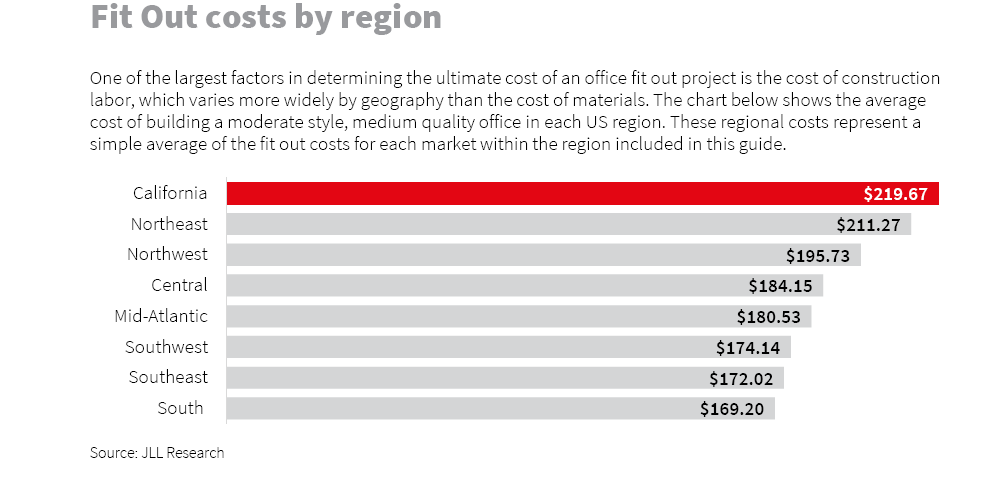
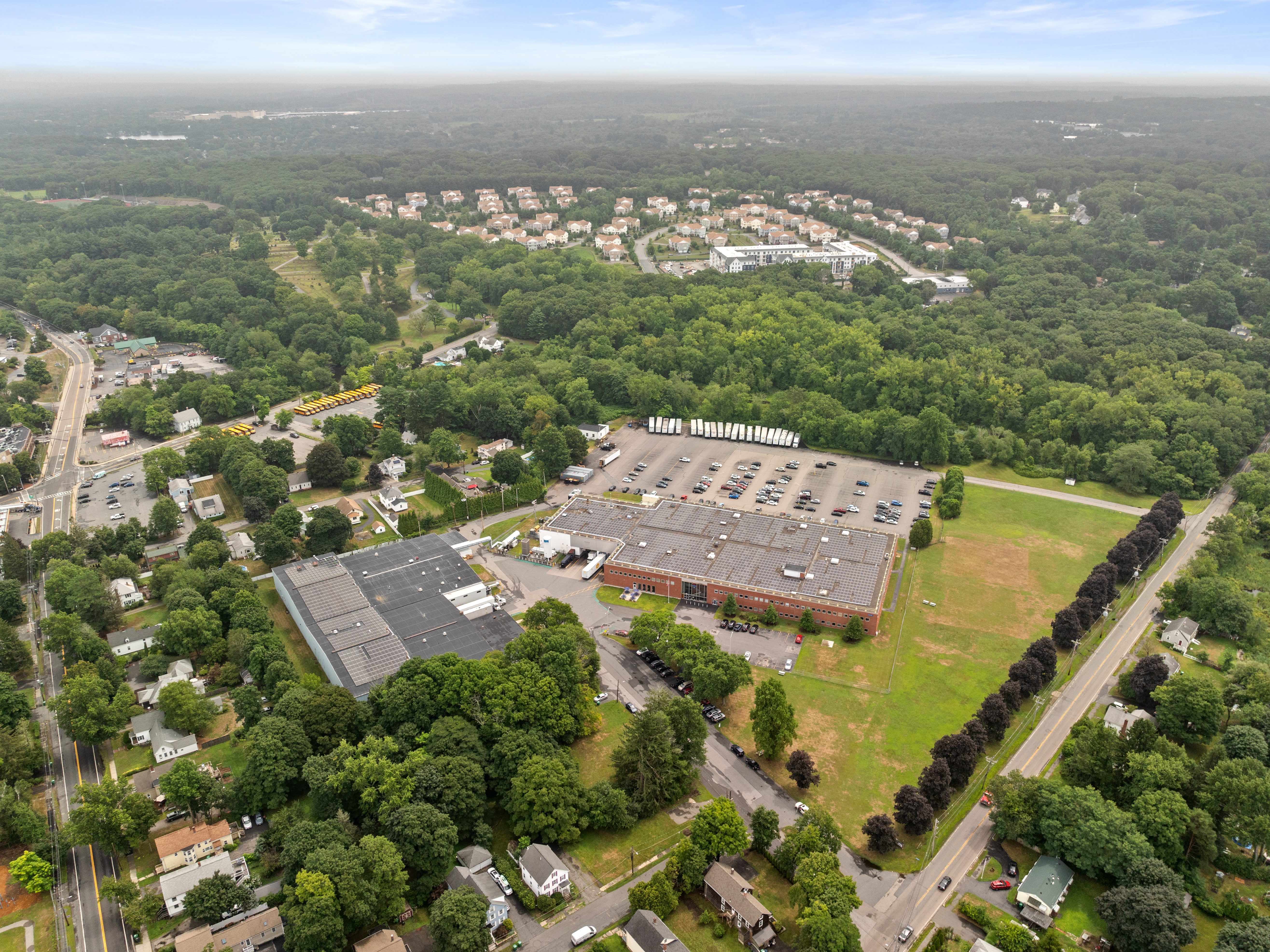
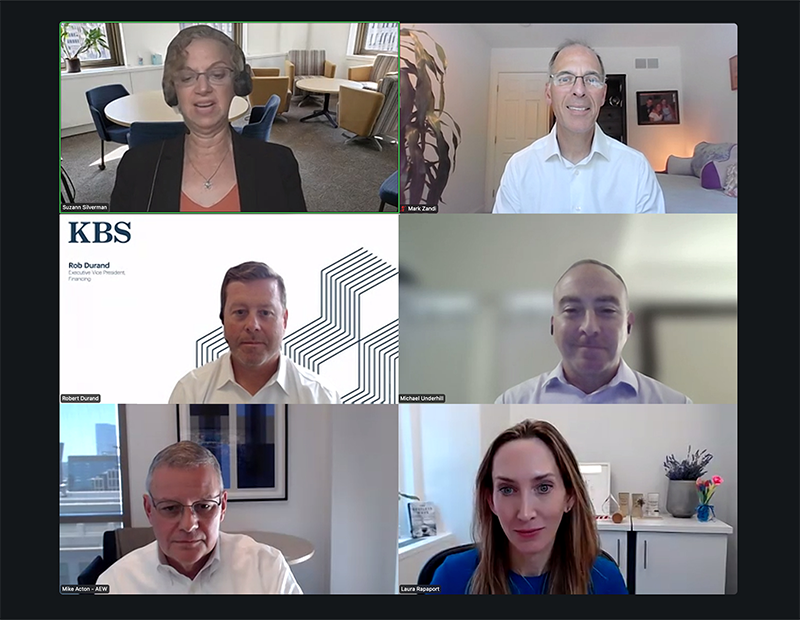

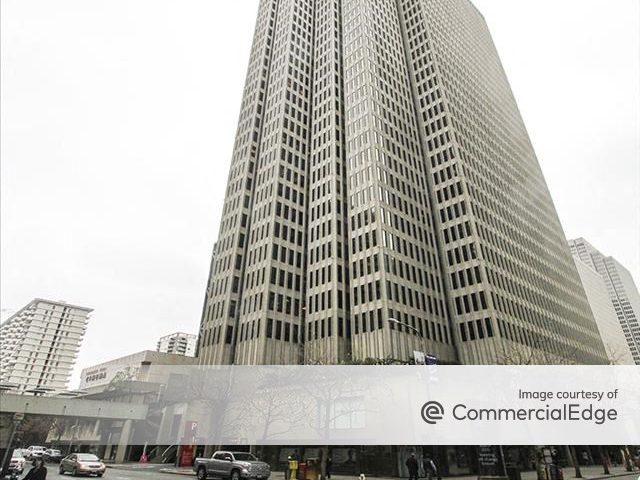
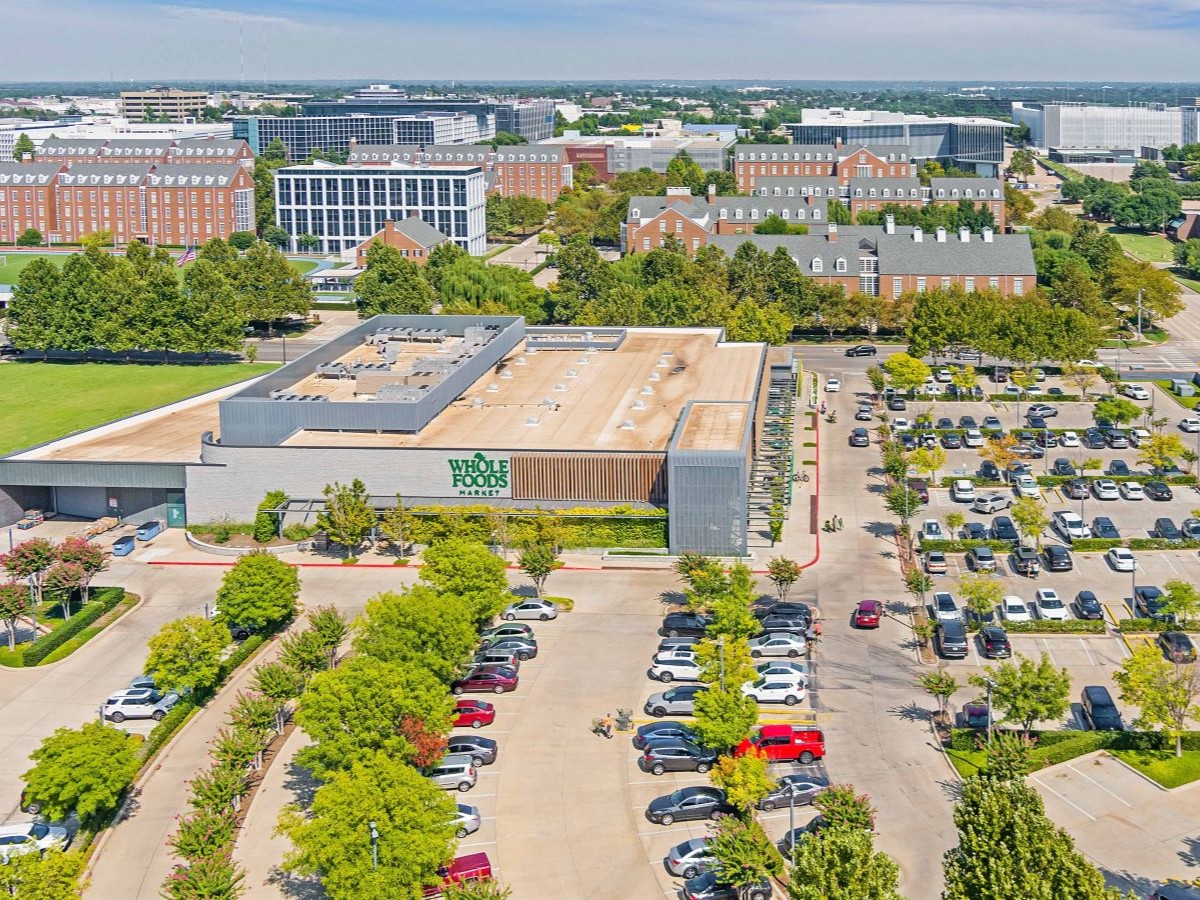
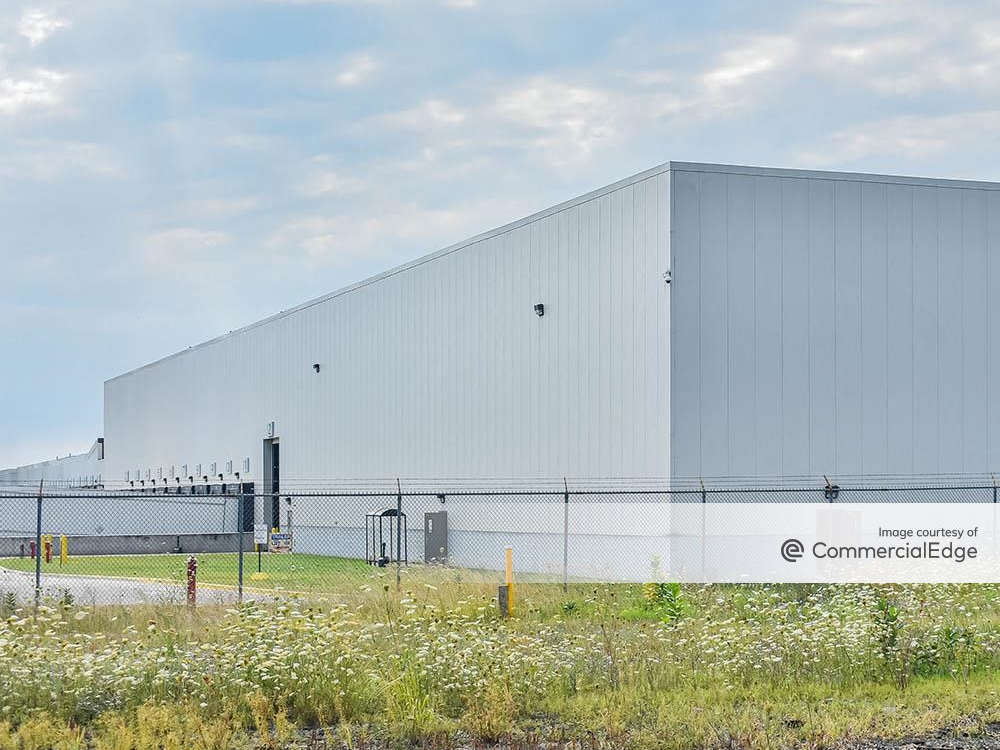
You must be logged in to post a comment.